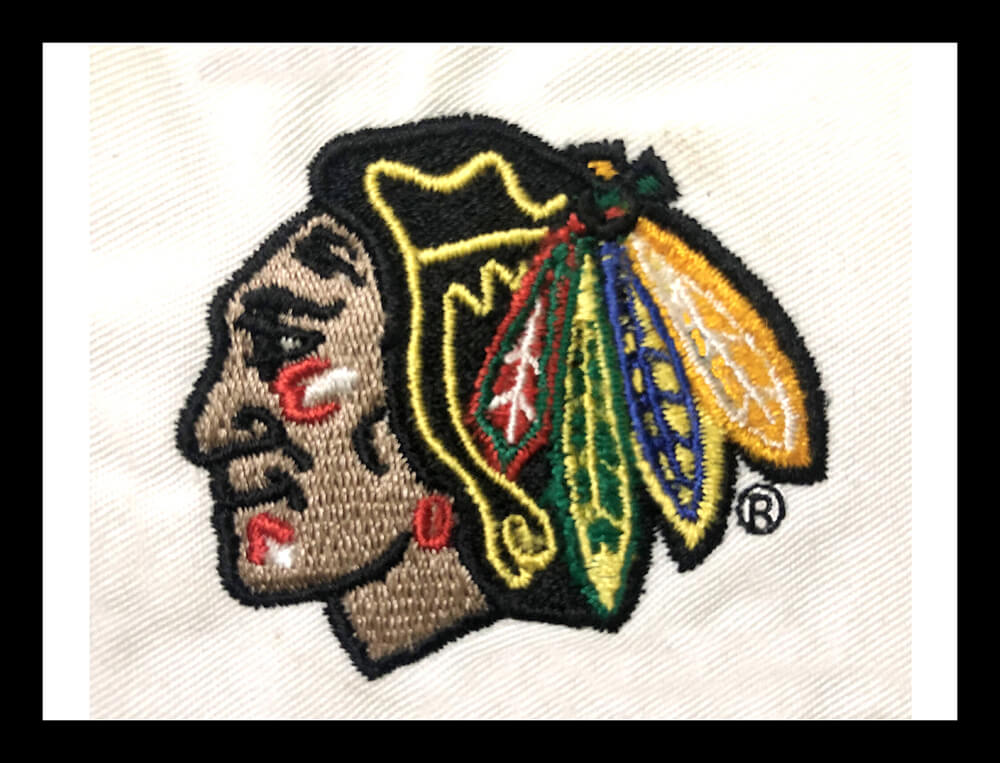Expert Digitizing for Embroidery: High-Quality Layouts
Wiki Article
Streamlining the Art of Embroidery Digitizing: Step-by-Step Guide
Embroidery digitizing is a meticulous craft that demands accuracy and creative thinking. As technology remains to advance, the digitization process has ended up being much more available, permitting enthusiasts to bring their complex layouts to life effortlessly. In this guide, we will decipher the complexities of needlework digitizing, damaging down each action systematically to streamline the procedure and equip both beginners and seasoned embroiderers alike. Remain tuned to discover just how you can simplify this detailed art form and transform your innovative visions into perfectly embroidered work of arts.Comprehending Needlework Digitizing Software
Embroidery digitizing software acts as an essential tool for transforming detailed layouts right into digital formats suitable with needlework makers, helping with accurate stitching and customization. This specialized software program enables users to import different picture data styles, such as JPG or PNG, and transform them into embroidery machine-readable layouts like DST, EXP, or PES - Digitizing for Embroidery. By using functions like stitch editing, rug choices, and thread color option, digitizing software application allows customers to control every element of the style procedureMoreover, advanced needlework digitizing software program provides tools for creating complex layouts, readjusting stitch thickness, and incorporating complex details. Customers can likewise preview the style before stitching it out, making certain accuracy and lessening errors. Furthermore, lots of software application provide automatic features that help streamline the digitizing procedure, conserving time and effort.
Recognizing the capacities of needlework digitizing software application is vital for achieving premium lead to needlework tasks. By understanding this tool, needlework fanatics and experts can unleash their imagination and bring complex layouts to life with precision and effectiveness.

Picking the Right Layout File
After familiarizing yourself with the abilities of embroidery digitizing software application, the next vital action in the process is picking the best layout documents for your task. Digitizing for Embroidery. When picking a design data for embroidery digitizing, it's necessary to consider the intricacy of the style, the size of the end product, and the kind of fabric you will certainly be dealing withFor detailed styles with great details, a high-resolution picture or vector data is recommended to make certain that the needlework maker can properly duplicate the style. In addition, the dimension of the end product plays a substantial duty in picking the ideal layout data. Bigger designs may require greater resolution documents to preserve quality and intensity.
Furthermore, the kind of material you will certainly be stitching on influences the choice of layout file. Various materials may need adjustments in the design file to guarantee that the stitches are appropriately aligned and the style shows up as meant. By carefully selecting the ideal layout file based upon these elements, you can establish on your own up for a successful needlework digitizing procedure.
Digitizing Devices and Techniques
Making use of specialized software application and accuracy strategies, digitizing tools are essential in transforming intricate layouts into embroidery-ready files. Embroidery digitizing software, such as Wilcom, Hatch, or Embrilliance, provides the required system to convert artwork into stitch information. These programs provide functions like stitch editing and enhancing, underlay alternatives, and lettering Visit Your URL devices to ensure the style equates effortlessly onto textile.Among the crucial methods in digitizing is producing a clear course for the embroidery device to comply with. This includes digitizing each aspect of the style with precision, figuring out stitch kinds, thickness, and instructions. By using tools like digitizing tablets or software-specific plugins, embroiderers can achieve a high degree of accuracy in their digitized designs.
Additionally, grasping the art of underlay stitching is critical for generating high quality needlework. Underlay sewing maintains the fabric and creates a foundation for the design, guaranteeing that the end product is both aesthetically enticing and long-lasting. By understanding these digitizing tools and techniques, embroiderers can elevate their craft and bring detailed styles to life with precision and effectiveness.
Personalizing Stitch Kinds and Instructions
The selection of stitch types can significantly affect the overall look and appearance of the stitched layout. By tactically incorporating these stitch types, embroiderers can attain depth and helpful resources dimension in their designs.Moreover, the instructions of stitches plays a vital role in enhancing the visual appeal of the last needlework. Numerous stitch instructions can add appearance, highlight certain elements, and produce visual interest. Transforming the angle of stitches can simulate motion or natural patterns like hair or feathers. By try out different stitch angles and patterns, embroiderers can bring their designs to life with impressive detail and intricacy. Mastering the art of personalizing stitch kinds and directions equips embroiderers to release their creativity and boost the high quality of their work.
Screening and Refining Your Digitized Style
To make certain the precision and quality of your digitized design, comprehensive testing and refinement are vital action in the needlework digitizing process. Once you have actually completed the digitization of your design, it is important to examine it before proceeding with the actual needlework. Checking allows you to recognize any kind of potential concerns such as thread breaks, stitch density problems, or layout distortions that might impact the result.
After screening, it is necessary to refine your digitized layout based on the responses from the examination sew-out. This may entail tweaking stitch setups, readjusting thickness, or making changes to the general design to accomplish the desired outcome. By repeating with testing and improvement, you can adjust your digitized style to excellence prior to moving on with the real needlework procedure.
Verdict
To browse around this site conclude, understanding the art of needlework digitizing calls for a complete understanding of the software, selecting the best style file, utilizing digitizing tools and methods, personalizing stitch types and directions, and screening and refining the digitized style. By following these actions, embroiderers can streamline the digitizing procedure and create high-quality embroidered styles with accuracy and performance.Report this wiki page